One of my classmates from INSEAD recently launched a Kickstarter campaign for Cannybots, toy robots designed to teach kids how to program and tinker in a playful way.
I'm really excited for Cannybots to make their way to schools and students' homes to inspire young kids to to be creative while building and playing with something. By making programming and tinkering fun, kids will develop their analytical capabilities without even realizing it, and maybe even be inspired to study and pursue careers in STEM!
To see how Cannybots work and to contribute to their campaign, check out the Kickstarter page!

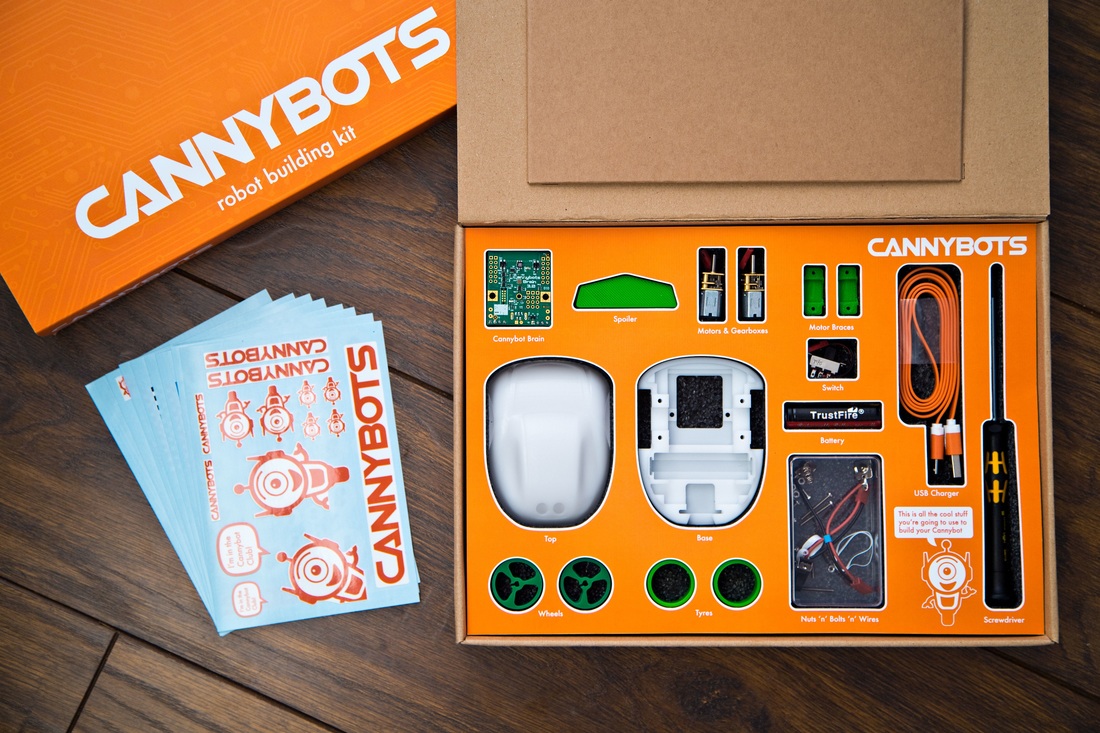
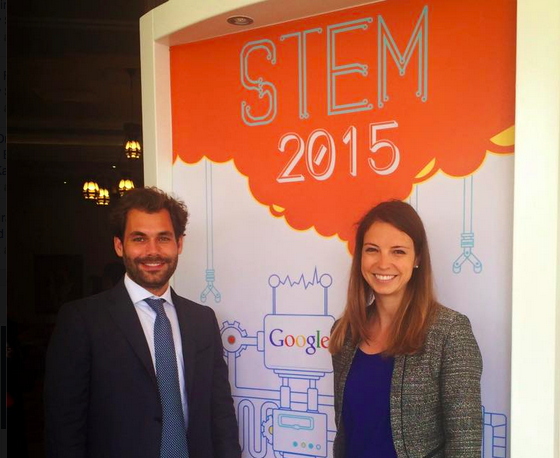



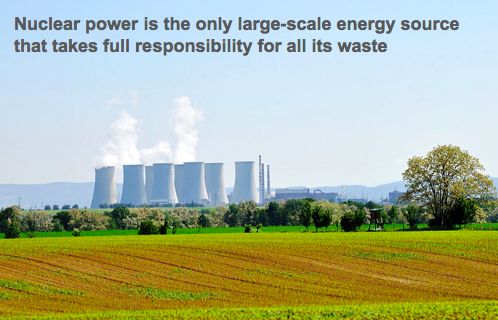
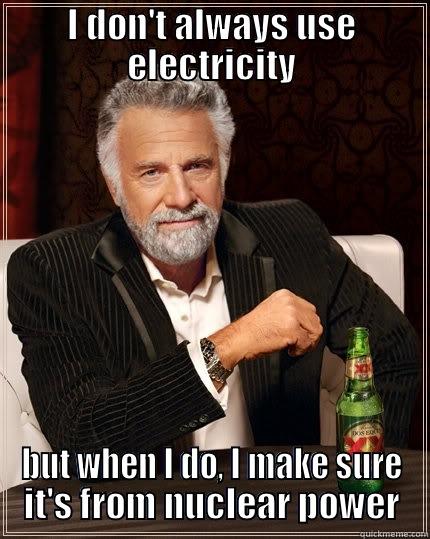
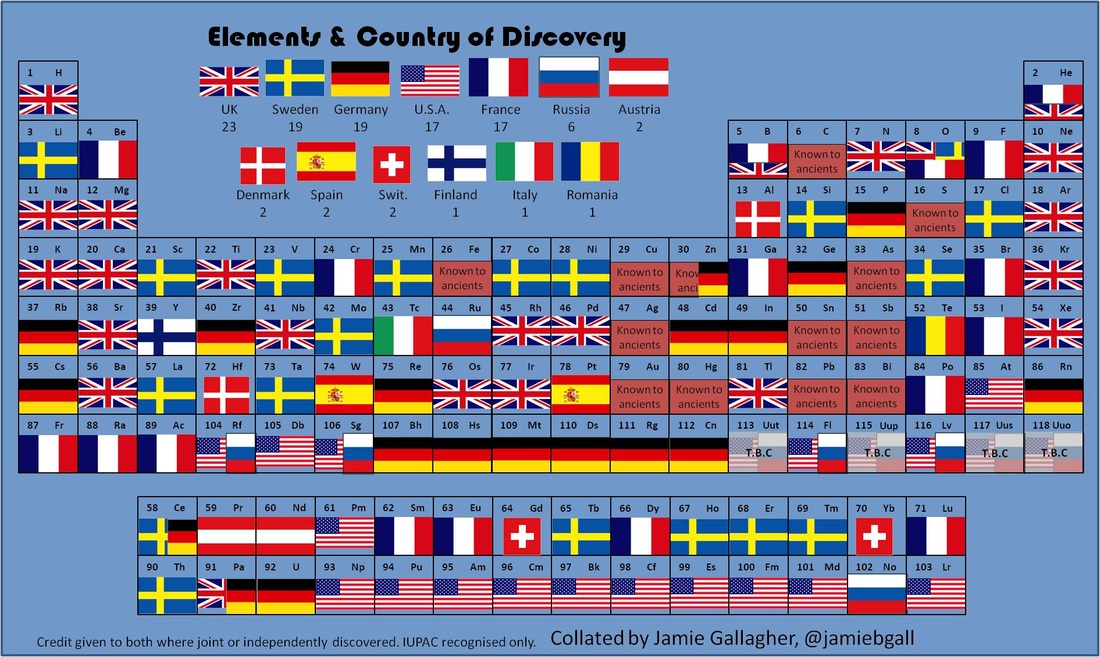
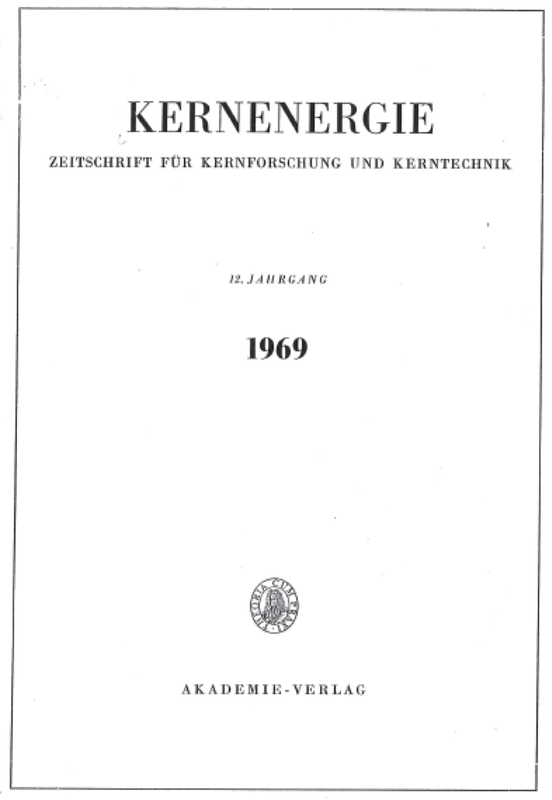
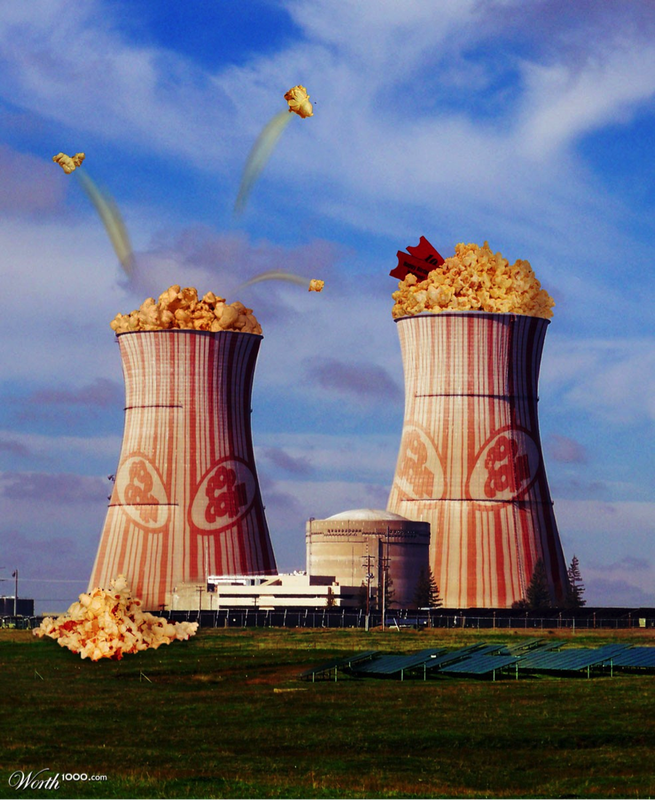
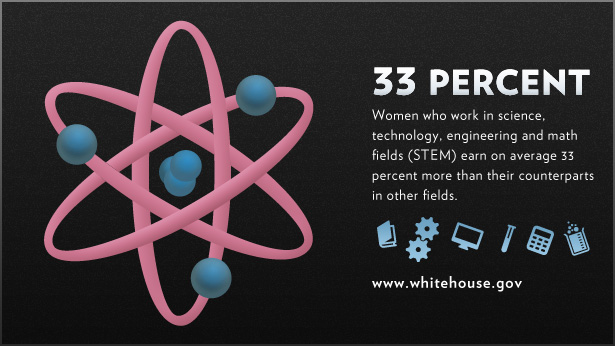

 RSS Feed
RSS Feed

